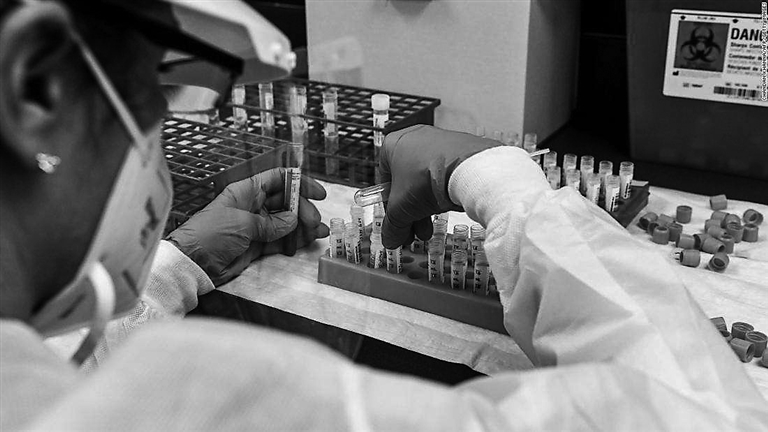
A NEW study published Monday suggests the novel coronavirus was infecting people across the U.S. as early as December 2019 — a month before the first person known to have been infected with coronavirus arrived in the U.S. from China on Jan. 15, 2020. Researchers screened blood donations made in December and early January and found evidence of antibodies to the novel coronavirus in at least 84 samples from nine states — something that would suggest those people had been infected with coronavirus. “These findings suggest that SARS-CoV-2 may have been introduced into the United States prior to Jan. 19, 2020,” the researchers at the U.S. Centers for Disease Control and Prevention and the Red Cross wrote in the journal Clinical Infectious Diseases. Many people wonder if they may have had coronavirus early in the pandemic, or even before people knew the virus was circulating. It would be hard to know unless someone took a coronavirus test at the time — something that obviously did not exist. The symptoms are similar to those of many other flu-like infections: a cough, a fever, body aches, perhaps a sore throat. And without a sample taken at the time of infection or soon after, it will be impossible to know whether an individual was infected back then, said Dr. Ian Lipkin, director of the Center for Infection and Immunity at Columbia University. Antibody tests can indicate a past infection, but not when that infection occurred. “You cannot distinguish between somebody being infected in December, March or April,” Lipkin said. A person’s immune response to a viral infection such as COVID-19 changes over time. Several studies have shown that antibody responses ramp up right after infection and then adjust as different types of antibodies take over, and long term immunity kicks in. It’s not yet known how long the human body maintains an immune response to coronavirus infection. “There are tests that in the first few weeks of infection indicate very recent infection, but after that you can’t really tell,” Lipkin said. The only exception would be if someone had taken a blood test earlier that showed they were negative for the virus. But the study shows that blood donations may be an important source of information about when the virus began circulating, the CDC and Red Cross researchers said. “These findings also highlight the value of blood donations as a source for conducting SARS-CoV-2 surveillance,” they wrote in Tuesday’s report. Blood donations stored since last year could be tested for antibodies, although the type of test could be important. Several other coronaviruses cause common colds and tests could mistakenly detect infections with those viruses, the CDC and Red Cross researchers noted. “We clearly want to know how long this virus has been circulating,” Lipkin added. “People are trying to figure out when this first appeared outside China.” (SD-Agencies) | 
